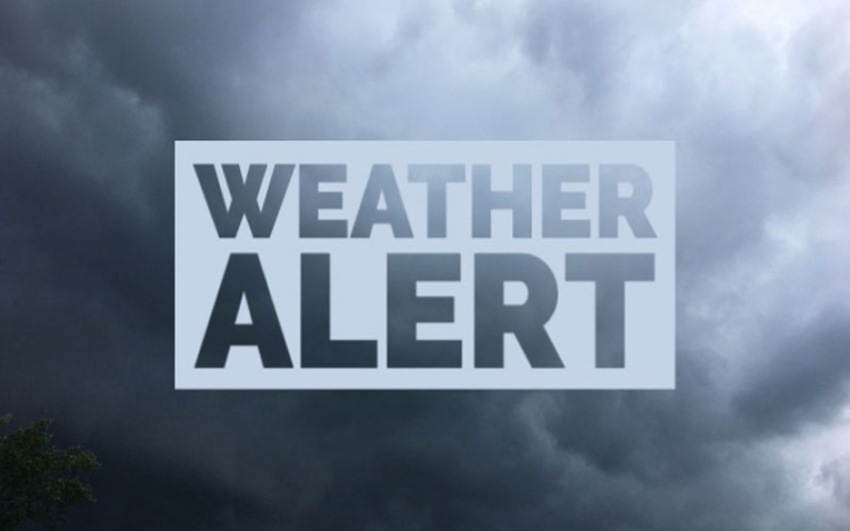Saharan dust is contributing to unusually high levels of air pollution, threatening the health of elderly and vulnerable people in the UK.
Parts of eastern England, the Midlands and Wales over the next few days will experience the highest levels of air pollution on the government’s official scale, and those with heart and lung problems have been warned by environmental experts to avoid "strenuous activity".
The Department for Environment, Food and Rural Affairs (Defra) said certain areas would reach 10 out of 10 - or “very high” - on its air cleanliness chart on Tuesday and Wednesday.
When levels reach 7 to 9 on Defra's chart, adults and children with lung problems and adults with heart problems are advised to reduce exertion.
Defra said the elevated pollution levels have been caused by a combination of light south-easterly winds, the continental air flow and dust which has blown up from the Sahara desert.
North-west Norfolk should experience the highest level of air pollution on Tuesday, while East Anglia will experience "high" levels and parts of south-east England and the Humber region will experience "moderate" pollution.
Experts are anticipating "high" or "very high" air pollution levels across much of England and Wales on Wednesday.
Last weekend, some people found their cars to be covered in a light coating of red dust. The Met Office said that a large amount of sand and dust was swept up by storm winds in the Sahara Desert.




















